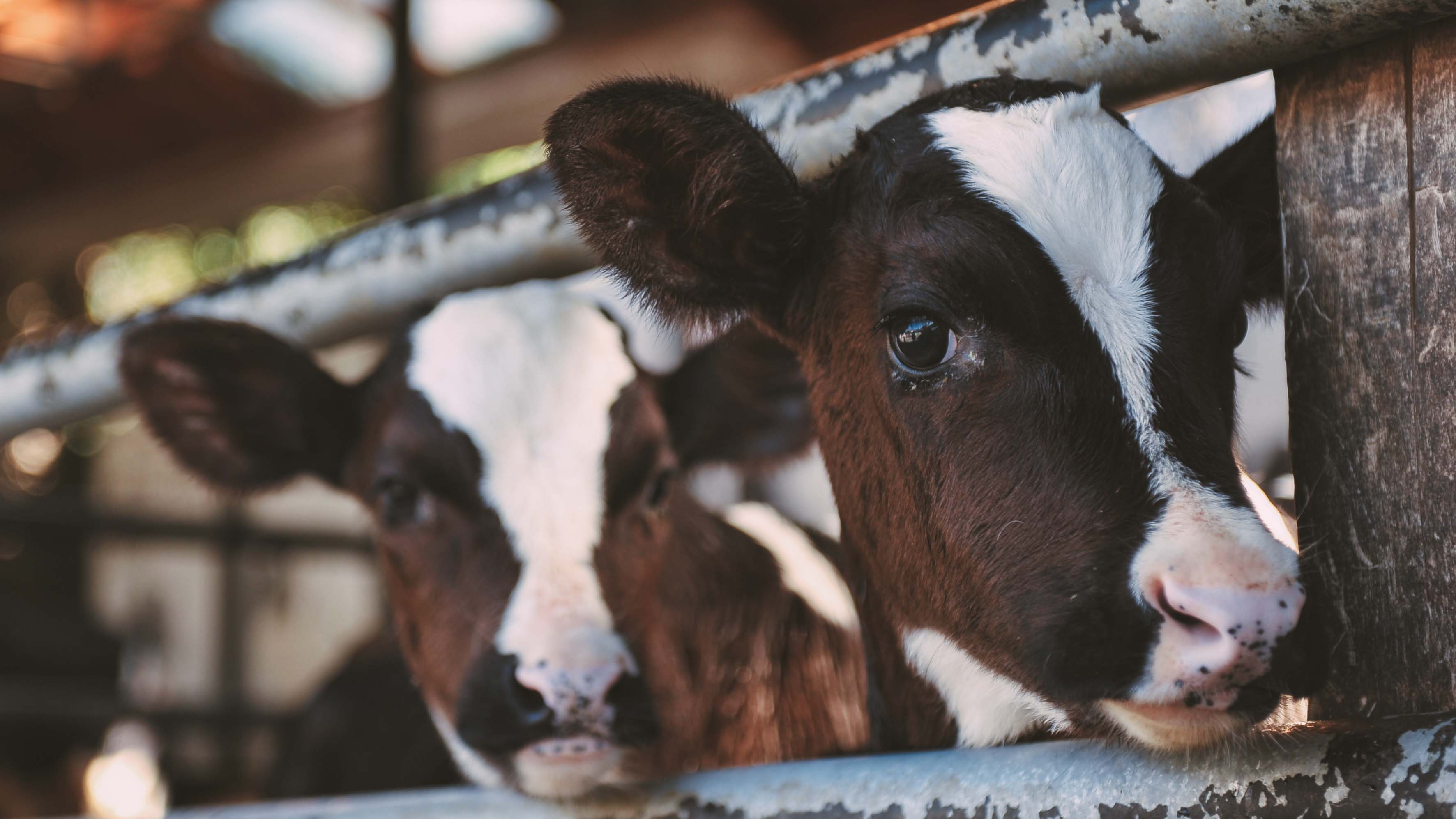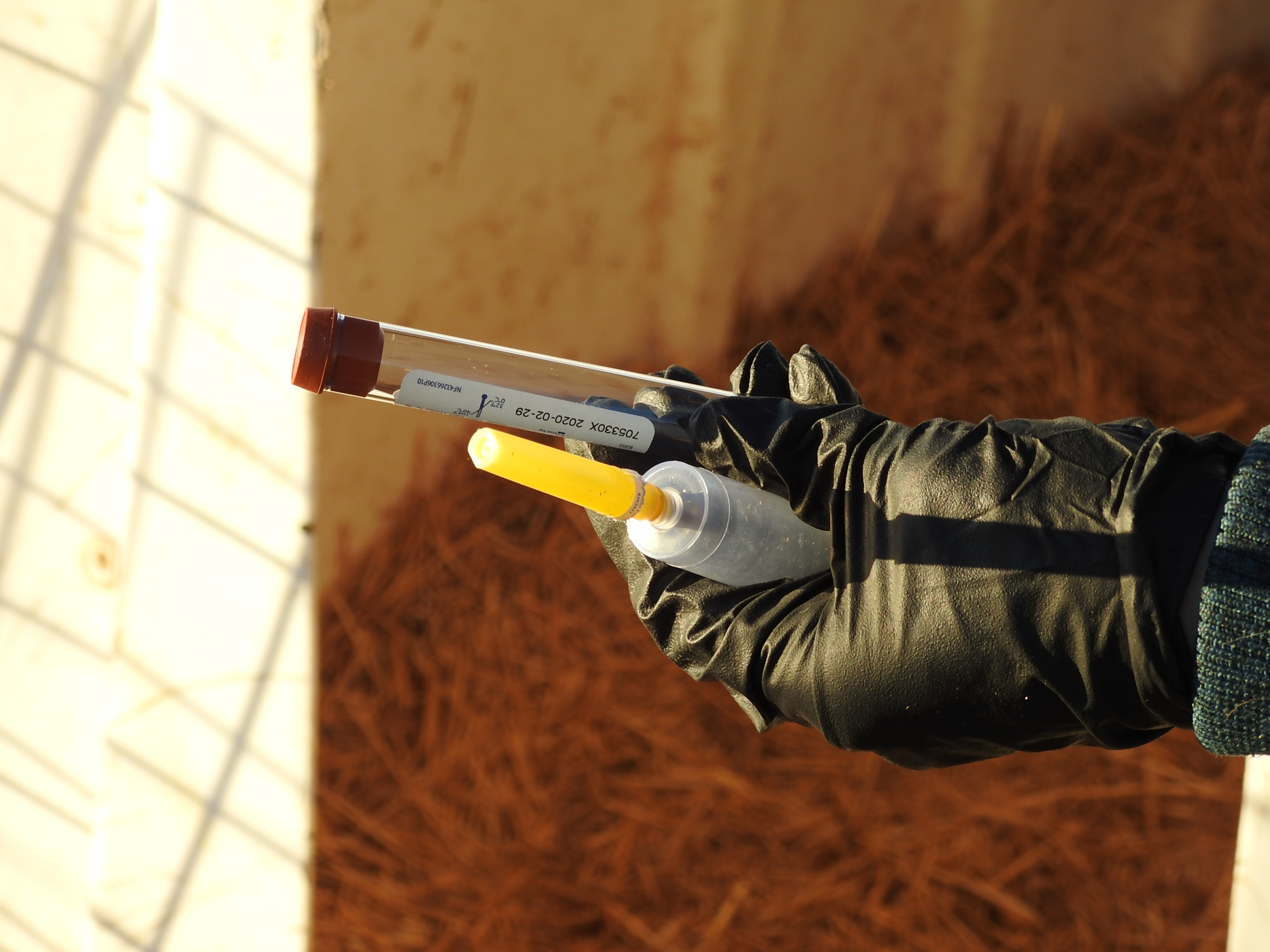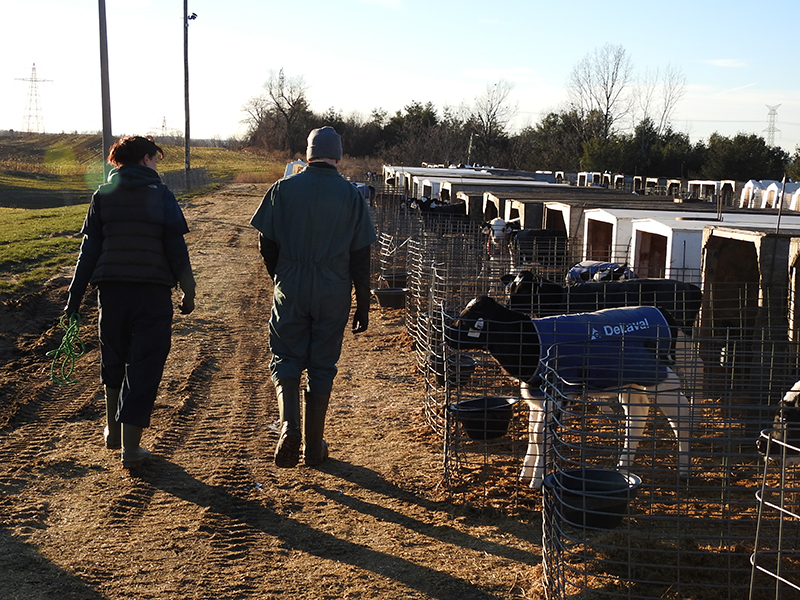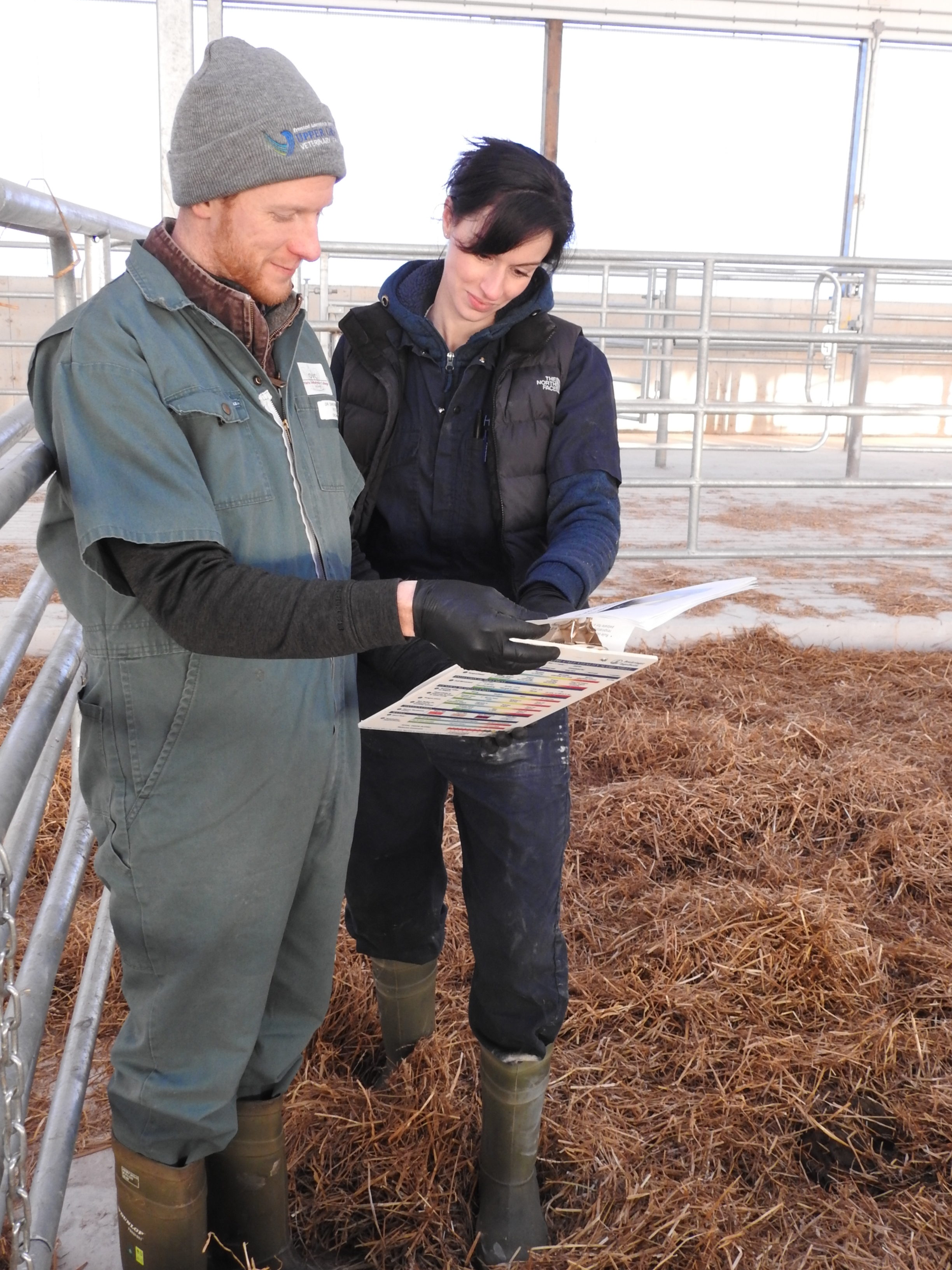Section 1 | Selecting the Right Calf
Page 08 /
Developing Relationships with Reputable Source Farms
The critical point of influence in preventing many of these calves from entering into the veal supply chain is dairy producers. The source dairy farm can have a significant impact on preventing many of the disorders we have described in this section

Each dairy farm manages male calves differently. Colostrum management and nutrition may differ between male and female calves.
Research has shown that the source of calves also has a substantial impact on health and growth once at the veal facility. Colostrum and nutritional management in early life plays a critical role in disease prevention. This is why it is so important to identify farms that need to improve their calf care, and purchase only from farms with excellent management protocols.
How Can This be Done?
The easiest way to identify high-risk farms is to keep good records! Keep track of the source of the arriving calves along with the diseases that develop, treatment, and deaths that occur over the production period. At the end of each production period, create a summary to review the health of the group and how calves from each individual farm did. You can alter your purchasing practices to improve overall health if you can identify farms that consistently produce calves that are healthy.

Source: ACER Consulting Ltd.
Passive transfer of immunity occurs when calves receive colostrum from their dam, whereby the dam deposits antibodies (immunoglobulins) into her colostrum that calves can digest and absorb in the first few hours of life. The quality of colostrum and impact of colostrum management protocols have on calf health should be monitored. This involves blood sampling calves between 1-9 days of age to measure the total protein content of their serum (a type of blood fraction). This protein content is related to the amount of immunoglobulin (a type of protein) they received from colostrum, which is critical to building immunity. Low serum total protein values suggest this passive transfer of immunity from colostrum to calf is not occurring efficiently. Calves that do not absorb immunoglobulins from colostrum are more susceptible to disease.
For more information on colostrum management, and what you should expect dairy producers to provide to the calves you purchase can be found within the Antimicrobial Stewardship in the Ontario Dairy Industry FAAST Review page,Why is Colostrum Management So Important?
Work with your veterinarian to determine if measuring the rate of failed transfer of passive immunity is right for your farm, and how to use the information that is gathered

Source: ACER Consulting Ltd.
Using the Collected Information
When all this information is collected, it can be put to good use. Farms that have high levels of disease or low levels of serum total protein can be identified and avoided, OR their calves can be purchased at a discount to encourage improved calf care. However, the purpose of recording is to identify farms with excellent calf care. These farms should be rewarded with premiums paid for their calves to ensure their continued care.
With or without a monetary incentive, feedback to the dairy farms is useful and can lead to meaningful discussions surrounding calf care. It is important to understand that both veal and dairy farmers are in this together, and improving the care of male dairy calves will also lead to benefits in female calves as well. Adding your veterinarian into these conversations as part of your animal health team will help set you up for success.

Source: ACER Consulting Ltd.